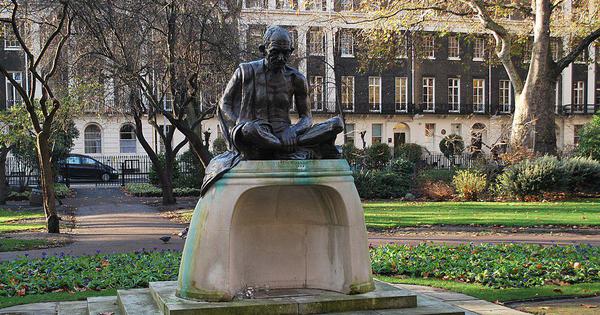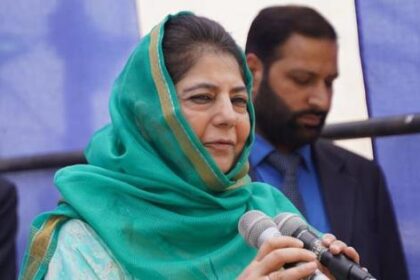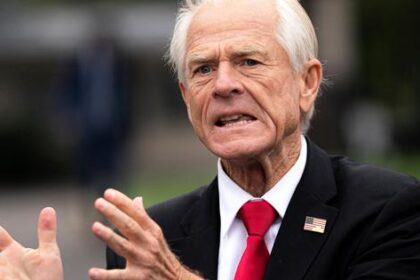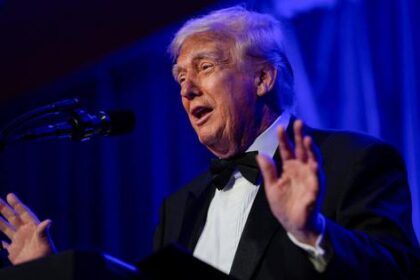Indian High Commission condemns vandalism ahead of International Day of Non-Violence celebrations.
A statue of Mohandas Karamchand Gandhi located in central London was vandalised on Monday, just three days prior to the scheduled Gandhi Jayanti celebrations on October 2. The incident occurred at Tavistock Square, where the bronze statue portrays Gandhi in a meditative seated position. Reports indicate that the plinth of the monument was defaced with derogatory graffiti.
The High Commission of India in London expressed its dismay over the incident, stating that it had reported the vandalism to local authorities. Officials from the High Commission were present at the site and coordinated with local authorities to restore the statue to its original condition. In a social media statement, the High Commission conveyed its deep sadness and strong condemnation of what it termed a shameful act.
Notably, the High Commission highlighted that this act of vandalism represents a violent assault on the concept of non-violence, particularly poignant as it occurred just days before the International Day of Non-Violence. This day, designated by the United Nations, coincides with Gandhi’s birth anniversary on October 2 and is traditionally marked in London with floral tributes at the Tavistock Square statue.
Authorities including the Metropolitan Police and Camden Council are currently investigating the reports of vandalism. The incident underscores a troubling pattern, as there have been previous instances of Gandhi’s statues being targeted. In 2014, a statue in Leicester was similarly vandalised, and more recently, in June 2020, demonstrators protesting the death of George Floyd in the United States had attached anti-racism messages to another Gandhi statue located in Parliament Square, labeling him as ‘racist’.
The recent vandalism has sparked a wave of reactions, with the High Commission’s statement reiterating the significance of Gandhi’s legacy in promoting non-violence and peace. The incident raises questions about the ongoing challenges in preserving public monuments and the broader implications of such acts on societal values.
Further details are expected as agencies align on next steps and documentation.
The sequence of updates will shape how the story evolves over the next few days.
Stakeholders typically watch for clear timelines, responsibilities and implementation steps.
Communication from officials often clarifies procedures, interim measures and any phased rollouts.








